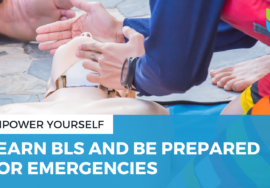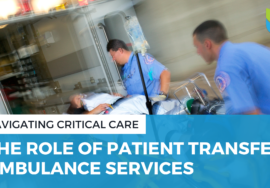
Early Detection Saves Lives: The Importance of Breast Self-Exams
Introduction:
Breast cancer is a formidable adversary, affecting millions of women worldwide. However, in the battle against this disease, early detection is a powerful weapon. Breast self-exams (BSE) play a crucial role in the fight against breast cancer, and in this blog, we’ll explore the significance of self-exams and how they can potentially save lives.
Section 1: Understanding Breast Cancer
Before delving into breast self-exams, it’s essential to understand breast cancer itself. Provide a brief overview of what breast cancer is, its prevalence, and its potential impact on individuals.
Section 2: Early Detection Matters
Explain why early detection is critical in the treatment of breast cancer. Discuss how early detection can lead to less invasive treatments, higher survival rates, and improved overall outcomes.
Section 3: What Is a Breast Self-Exam (BSE)?
Define what a breast self-exam is, emphasizing that it’s a simple and accessible technique that anyone can perform at home. Explain that it involves inspecting the breasts through visual and tactile examination.
Section 4: How to Perform a Breast Self-Exam
Detail the step-by-step process of conducting a breast self-exam. This section should include instructions for both visual and tactile examinations. You can use bullet points or a numbered list to make it easy for readers to follow along.
Section 5: When and How Often to Perform BSE
Discuss the recommended frequency of breast self-exams. Mention that it’s typically recommended to perform a self-exam once a month and emphasize the importance of consistency.
Section 6: The Role of Breast Self-Exams in Early Detection
Explain how breast self-exams can lead to early detection of breast abnormalities. Highlight real-life examples or stories of individuals who discovered a lump or change in their breast through self-exams and subsequently sought medical attention.
Section 7: When to Seek Medical Advice
Clarify that while self-exams are a valuable tool, they are not a replacement for clinical screenings or mammograms. Describe the signs or changes that should prompt immediate consultation with a healthcare professional.
Section 8: Overcoming Barriers
Acknowledge the potential barriers that individuals may face when it comes to performing breast self-exams, such as fear, discomfort, or lack of awareness. Offer tips and encouragement to help readers overcome these obstacles.
Section 9: Resources and Support
Provide information about breast cancer awareness organizations, local clinics, and resources that can assist individuals in learning more about self-exams, breast health, and accessing clinical screenings.
Section 10: Conclusion
Summarize the key points discussed in the blog and reiterate the importance of breast self-exams in the early detection of breast cancer. Encourage readers to take charge of their breast health by making self-exams a regular part of their routine.








